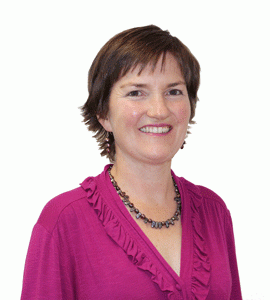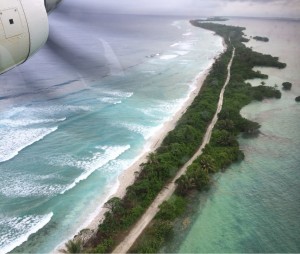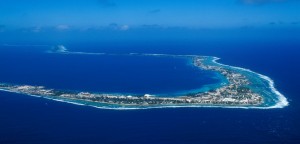by Christine McCormack, Principal Engineer - Water
 Have you ever heard of the Marshall Islands? I hadn’t until recently when I met the warm-hearted people who face a future away from their homeland. It’s easy to espouse rhetoric around climate change and to feel that we’re doing our part when we use the car less or take reusable bags to the supermarket. But we can, and must, do so much more if we are to further prevent climate change.
Have you ever heard of the Marshall Islands? I hadn’t until recently when I met the warm-hearted people who face a future away from their homeland. It’s easy to espouse rhetoric around climate change and to feel that we’re doing our part when we use the car less or take reusable bags to the supermarket. But we can, and must, do so much more if we are to further prevent climate change.
As part of the Micronesia island group, the Marshall Islands are a dispersed nation of 24 inhabited coral atolls; thin necklaces of land with seawater on both sides. The country lies north of the equator and stretches over almost 8 million square kilometres of ocean. The journey from New Zealand takes at least 24 hours through the Pacific and so it was a surprise to arrive in the same time zone despite being almost 6,000 kilometres from home.
The view of the fragile landforms from my airplane window seat made the threat of climate change seem very real. Most of the islands are no more than two metres above sea level and the sea gnaws at the coral reef relentlessly. Majuro, the capital, is the most inhabited atoll with approximately 28,000 people but is less than 500 metres wide in the urban area.
 When storm surges combine with king tides the waves wash up onto land, displacing people from their homes, damaging infrastructure and flushing fragile groundwater lenses with salt water. Coastal inundation is becoming more common, with flooding events in Majuro recorded in March 2014, October 2014 and March 2016. As the sea level rises the smaller, more frequent storms will cause the same amount of flooding as the bigger, rarer storms do now.
When storm surges combine with king tides the waves wash up onto land, displacing people from their homes, damaging infrastructure and flushing fragile groundwater lenses with salt water. Coastal inundation is becoming more common, with flooding events in Majuro recorded in March 2014, October 2014 and March 2016. As the sea level rises the smaller, more frequent storms will cause the same amount of flooding as the bigger, rarer storms do now.
When it rains, it pours, and rainwater harvesting is the most common source of freshwater for drinking. In the outer atolls, rainwater is typically the only source of drinking water due to the limited groundwater resources becoming increasingly saline and polluted. Rainwater harvesting is a vulnerable water source to rely on, especially during the dry season. Severe droughts are becoming more common, particularly in the months following strong El Niño events. From January to May 2016, there was minimal rainfall across most of the Marshall Islands.
 During my visit I also travelled to Jaluit and Wotje, two outer atolls with populations of around 1,000 people spread across multiple islands. Landing on a narrow grass runway between the houses of the village, I was immediately captivated by how friendly and generous the local Marshallese were. Food sources are scarce and most locals live off very little in the way of crops or incomes. Yet I was showered with gifts of locally made handicrafts and laden down with plaited baskets of food to share with my colleagues.
During my visit I also travelled to Jaluit and Wotje, two outer atolls with populations of around 1,000 people spread across multiple islands. Landing on a narrow grass runway between the houses of the village, I was immediately captivated by how friendly and generous the local Marshallese were. Food sources are scarce and most locals live off very little in the way of crops or incomes. Yet I was showered with gifts of locally made handicrafts and laden down with plaited baskets of food to share with my colleagues.
Kathy Jetnil-Kijiner, a charismatic Marshallese poet and activist, eloquently captures the essence of their struggle. She is raising awareness of the issues facing the Marshall Islands and invites all to fight climate change impacts so that current and future generations can stay in their homelands. Please take a few minutes to watch Kathy’s emotive poem as presented at the 2014 United Nations Climate Summit.
Christine McCormack is a Principal Engineer in our water team in New Zealand. She works across the three waters (water, wastewater, and stormwater) with a focus on potable water supply. Her goal is to reduce our impact on the environment through more efficient use of Water Resources and smarter infrastructure planning. You can contact her via email here.
